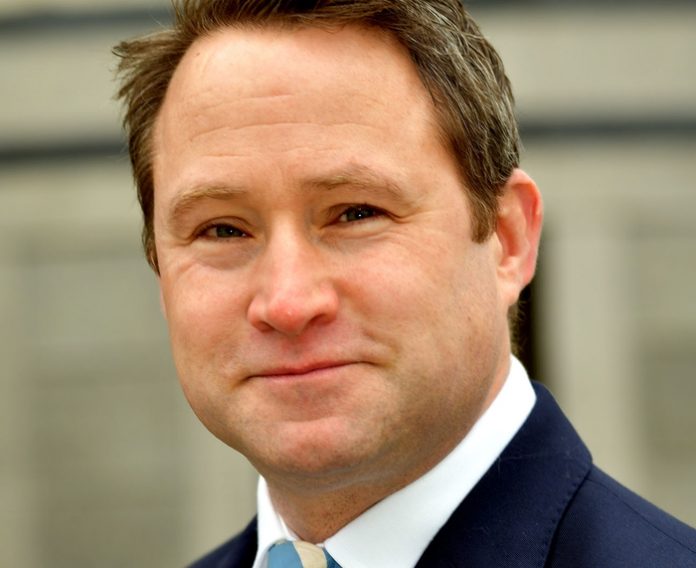For the second consecutive quarter, take-up in the Cardiff out-of- town market has outperformed the city centre, according to the recently released Q2 Big Nine report from strategic real estate adviser Avison Young.
There was over 130,000 sq ft of new enquiries in the Cardiff office market during June, predominantly agent led, which is the highest monthly level since Covid started. However, these have yet to translate into take-up, which continued at a subdued level during Q2, according to Avison Young.
Take-up in the Cardiff market totalled 52,000 sq ft, 17,582 sq ft in the city centre and 34,433 sq ft out-of-town. For the second quarter in succession, the out-of-town market has outperformed the city centre, where all deals greater than 5,000 sq ft occurred.
The key office transactions were in the healthcare sector in St Mellons – 12,266 sq ft to GenMed Limited at Fountain House and 6,651 sq ft to Ludlow Street Healthcare at St Mellons Business Park, where Shaw Healthcare also took 5,780 sq ft at the beginning of the year.
Chris Terry, associate at Avison Young in Cardiff observes, “City centre availability has significantly increased over the past 12 months from 550,000 sq ft in June 2020 to 825,000 sq ft in 2021, with a number of companies releasing ‘grey space’ back to the market. However, it is still at a relatively low level historically.
“There will be 109,000 sq ft of new space coming forward next year when JR Smart completes the John Street office development. We also expect Rightacres to start on site this year on the 60,000 sq ft Brewhouse at its latest development Central Quay, the former Brains brewery site.”
Headline rents remain at £25 psf, with rent free periods at 18 months on a ten-year term.
As in Cardiff, there has been a notable increase in take-up from health-related occupiers and flexible workspace operators across the UK. Conversely, professional and financial services, which usually contribute 35% of total activity are down at 21%, as some firms delay new leases or downsize
Occupier activity across the Big Nine office markets amounted to 1.56 million sq ft during Q2, 26% down on the ten-year average, but in line with the post-Covid level of the last 12 months. Enquiry levels and viewing activity picked up in April and May as restrictions were lifted but slowed again in June. This corresponded with the increase in caution surrounding the Delta variant and the Government extending its guidance to work from home.
Chris Terry adds,
“There continues to be a divergence of views on the extent to which workers will return to the office, ranging from a complete return to office to a fully flexible working policy. What we are already seeing is that there is likely to be a split across sectors and work types around the need for employees to collaborate and come together in a shared space.
“Many companies are still experiencing uncertainty over employees’ frequency of occupation and occupational densities, although the expectation is that space per employee will increase as wellbeing and the need to attract talent gain higher priority.”



















